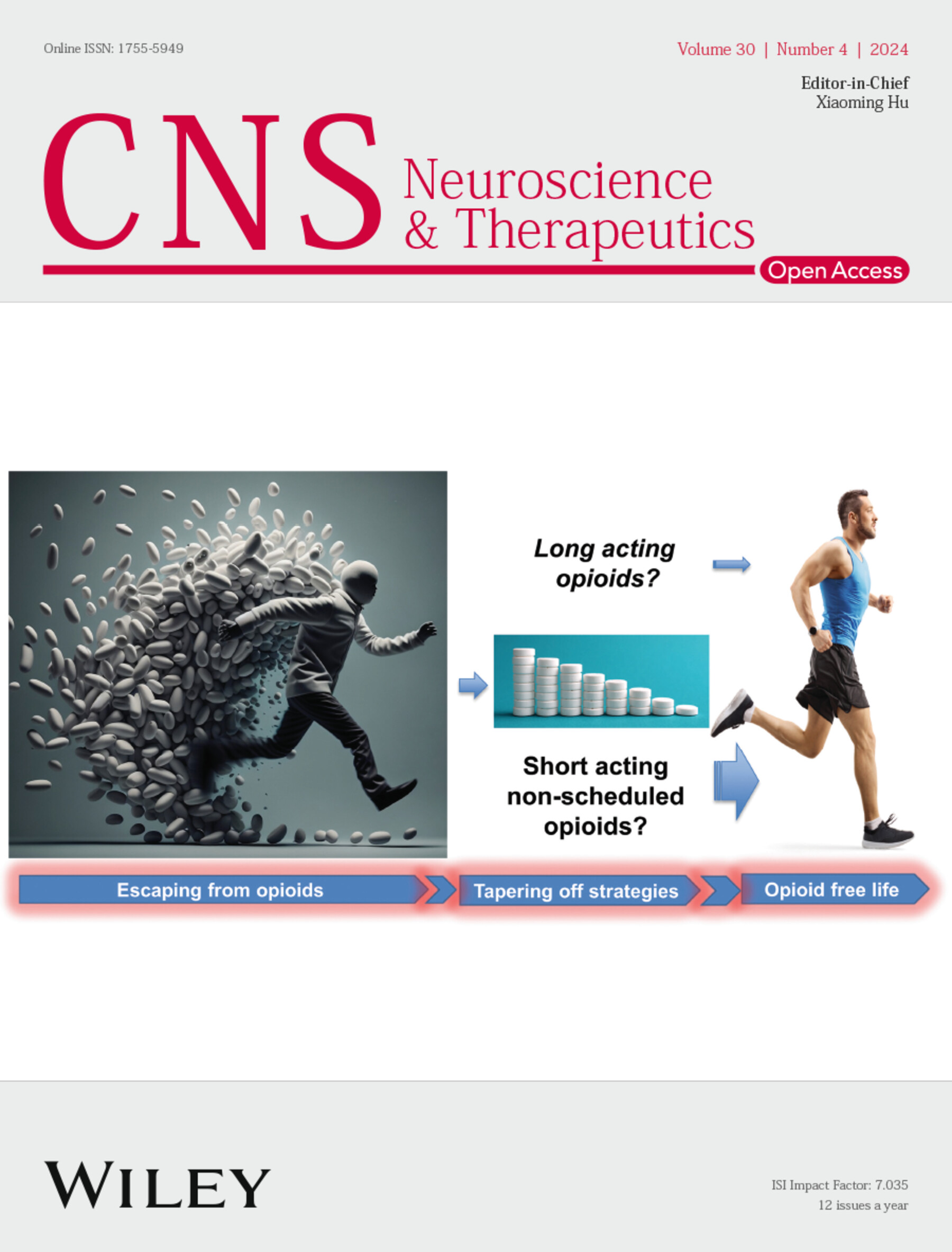Analysis of Two Neuroanatomical Subtypes of Parkinson's Disease and Their Motor Progression Based on Semi-Supervised Machine Learning
Abstract
Background
The high heterogeneity of Parkinson's disease (PD) hinders personalized interventions. Brain structure reflects damage and neuroplasticity and is one of the biological bases of symptomatology. Subtyping PD in the framework of brain structure helps in the prediction of disease trajectories and optimizes treatment strategies.
Methods
The study included a total of 283 de novo PD and 141 healthy controls (HC). Structural heterogeneity between PD and HC was compared, and patients were classified using Heterogeneity through Discriminative Analysis. Gray matter volume (GMV), clinical symptoms, and substantia nigra free water (SNFW) among all subtypes were compared. These subtypes were followed for an average of 2.5 years to monitor motor impairment.
Results
Early PD patients possessed higher GMV heterogeneity than HC, and two subtypes based on GMV patterns were identified. Subtype 1 showed widespread GMV reductions, while subtype 2 had an increased volume in the basal ganglia and parts of the cortex. Subtype 1 had more severe motor and non-motor symptoms, as well as higher posterior SNFW. The whole-brain GMV in the PD group was negatively correlated with posterior SNFW; basal ganglia volume in subtype 1 was negatively correlated with Unified Parkinson's Disease Rating Scale (UPDRS)-III scores, whereas no linear correlation was found in subtype 2. The UPDRS-III progression rate was higher in subtype 1 than in subtype 2 (2.52 vs 0.92 points/year).
Conclusion
The heterogeneity of PD patients reflected the changes in their brain structure. The identification of these changes helps the classification of patients into different subtypes, additionally supported by clinical manifestations and SNFW, with consequent benefits for clinical consultancy and precision medicine.


 求助内容:
求助内容: 应助结果提醒方式:
应助结果提醒方式:


